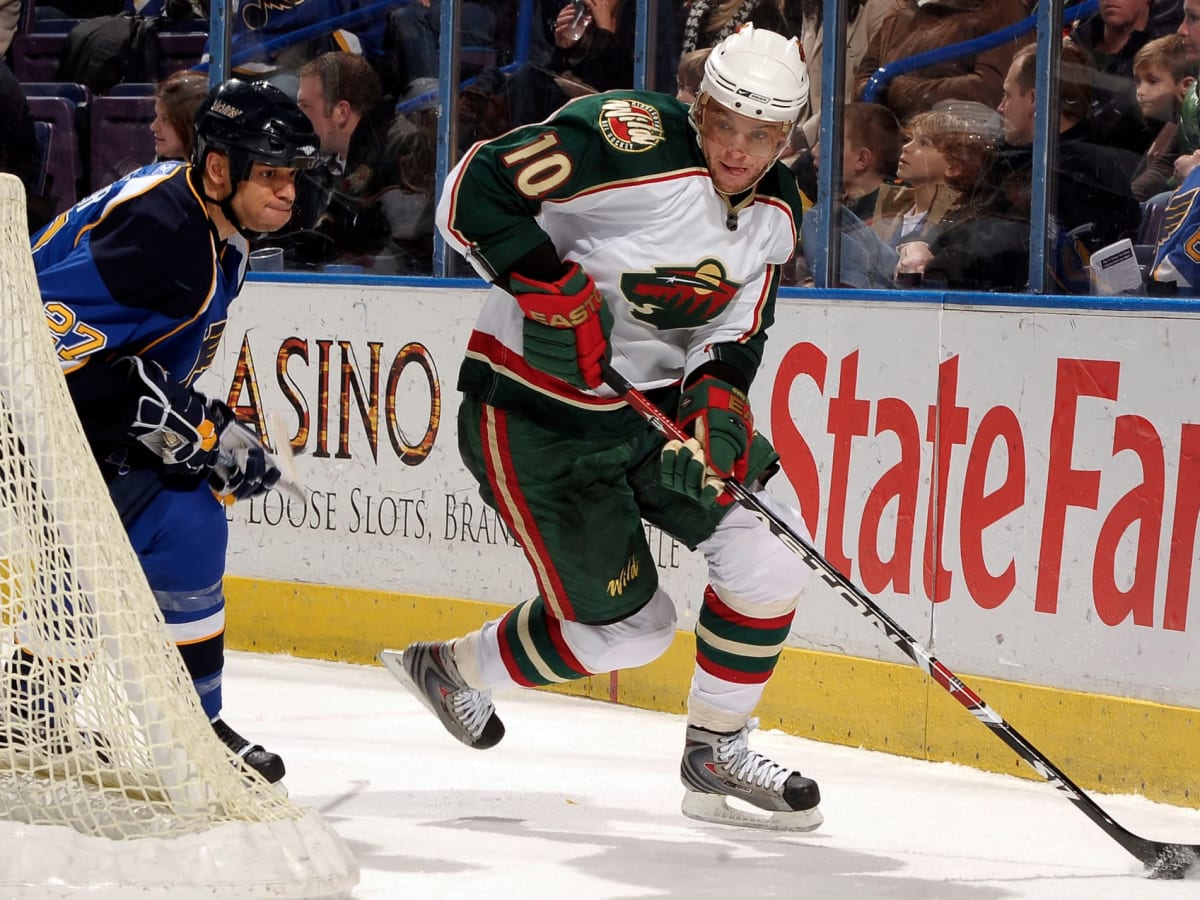
Marian Gaborik has profoundly moved on. For the rest of what will probably be an amazing career, there is one thing that Wild supporters will never get rid of, though: what could have been.
Gaborik was always a gifted man, but he also carried a great mystery with him. He spent his last four seasons with the Minnesota Wild plagued by injuries, and for whatever reason, he was never able to fully overcome them. Over the course of the last four seasons in St. Paul, Gaborik missed 121 games due to injury, accounting for just 63% of his team’s games played.
But Gaborik produced some of his best NHL work throughout those seasons. Simply put, he was never well enough to take use of them.
But the question that will likely never be answered is whether or not Gaborik’s lack of numbers for the team was due to his injuries or due to the coaching style of Jacques Lemaire.
Lemaire is often credited as being the man that single-handedly ruined the NHL.
His signature system came to be known as the dreaded “Neutral Zone Trap.” The idea behind this system, for the uninitiated, is that the defensive team has just one forechecker. The forechecker’s responsibility is to force the play to one side of the ice or the other.
Once the play moves towards one side of the ice, the players rotate so that the only way for the puck to go is up the boards, clogging the neutral zone and either a) forcing a turnover or b) forcing the attacking team to dump the puck deep into the offensive zone, thereby allowing the defensive team an opportunity to regain possession of the puck without giving up a quality scoring chance.
Remain calm. I’m the one writing if it seems like you’re fading too.
The trap is intended to be a counterattacking tactic; in fact, Lemaire’s Montreal Canadiens played with great success thanks to this very style.
The trap’s unique feature is its forecheck, or what’s known as a 1-2-2 forecheck. However, there’s a widespread misperception that not all teams employ this tactic. They actually do.
Watch the final five to ten minutes of any NHL game if you don’t think they do. It’s likely that the team in the lead has reverted to using this kind of strategy.
It looks different with every coach running it, but it is essentially like football’s prevent defensive scheme. Everyone uses it at one point or another.
One hallmark of Lemaire’s system, however, was the lack of goals that it created for the Wild.
In Lemaire’s tenure with the team, not once was it above the league median for goals scored in a season. Indeed, Lemaire relied on a suffocating defensive system and opportunistic scoring to win games.

During Gaborik’s time with the team, it seemed as if every single media outlet was bringing up the fact that it was so obviously Lemaire’s system that was stifling the Slovakian sniper. Were it not for Lemaire’s “trap,” they would say, Gaborik could have been a 100-plus point man and even the first 70-plus goal scorer since Teemu Selanne and Alexander Mogilny each potted 76 in the 1992-93 season.
But was it Lemaire’s system that stifled Gaborik? Or was it his own fault?
It was always noted that Gaborik, though he always came to training camp in tremendous shape, was not always the best about maintaining his fitness level during the offseason. He had a penchant for enjoying the finer things in life and it was very rare that he would even loosen up properly once he got to training camp.
In order to keep his hips and groyne flexible, Gaborik started a stretching routine by the 2007–08 season. This regimen let him play in 77 games, his most since the lockout.
This was intended to be a turning point in the young Slovak’s career. In terms of goals, assists, points, and plus/minus rating, Gaborik recorded career highs. Entering a career season, he was expected to make a lot of money.








